Barcelona
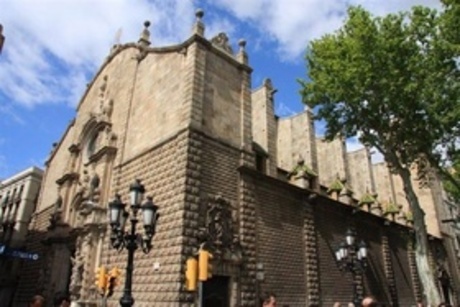
Built in the 1770s, this building was the former home of Manuel d'Amat, a wealthy viceroy who had made his fortune in the Americas. Set slightly back from the street, this grand structure is marked by typically Spanish top-heaviness. Inside there is a patio featuring columns, and a staircase to the right leads to the interior, most of which is not open to the public, as it is home to the city's cultural events committee.

Considered one of the most notable examples of Catalan Gothic architecture, Santa Maria del Mar is one of Barcelona's most beautiful churches. Built from 1329 to 1383, Santa Maria del Mar's striking exterior features can be seen from far away distances, and inside, it's excellent acoustic conditions make it one of Barcelona's most sought after spaces for classical and Oriental Music. It is not uncommon for Santa Maria del Mar to host jazz concerts as well. Santa Maria del Mar is located on the Carrer Montcada end of Passeig del Born.
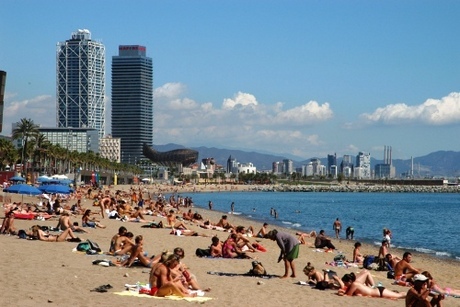
La Barceloneta is a neighborhood in the Ciutat Vella district of Barcelona, Catalonia, Spain. The neighborhood was constructed during the 18th century for the residents of the Ribera neighborhood who had been displaced by the construction of the Ciudadela of Barcelona. The neighborhood is roughly triangular, bordered by the Mediterranean Sea, the Moll d'Espanya of Port Vell and the El Born neighborhood. The neighborhood is serviced by its own stop on the Barcelona metro. Torre Sant Sebastià is the terminus of the Port Vell Aerial Tramway opened in 1931 and connecting Barceloneta with Montjuïc across Port Vell.
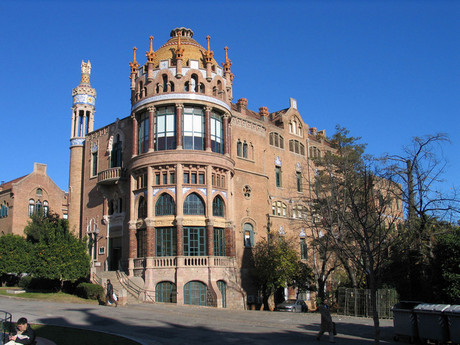
The present Hospital de la Santa Creu i Sant Pau in the neighborhood of El Guinardó, Barcelona, Catalonia (Spain), is a complex built between 1901 and 1930, designed by the Catalan modernist architect Lluís Domènech i Montaner. Together with Palau de la Música Catalana, it is a UNESCO World Heritage Site. It was a fully functioning hospital until June 2009, it is currently undergoing restoration for use as a museum and cultural center. As of December 2009, there are still tours of the hospital being given several times a day.
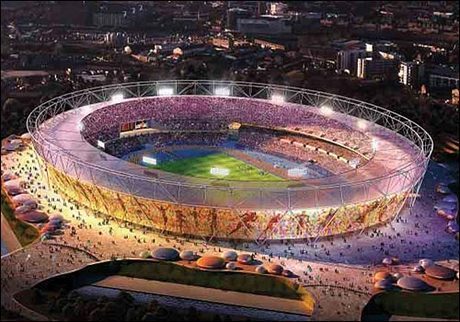
Estadi Olimpic has 70,000 seats and it features a museum (the Galeria Olimpica) and the nearby Palau Jordi Sports Place. The museum houses the Hall of Fame, an observatory, and the Samaranch Collection.
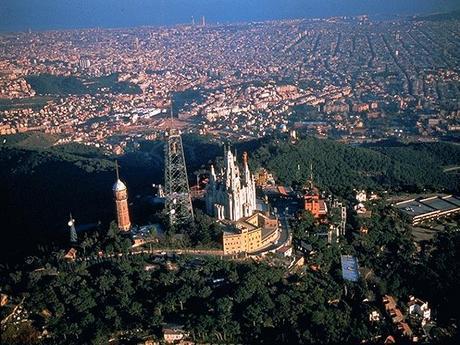
Tibidabo is a mountain overlooking Barcelona, Catalonia, Spain. At 512 meters, it is the tallest mountain in the Serra de Collserola. Rising sharply to the north-west, it affords spectacular views over the city and the surrounding coastline.
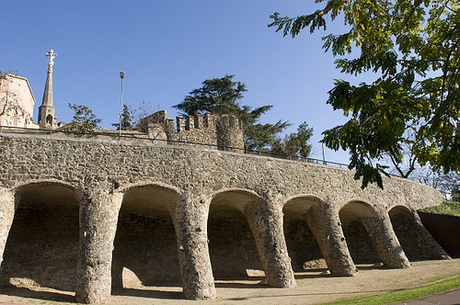
Also known as La Casa Figueras and built nearby the former Royal Palace. It is mainly constructed of local brick and stone. The benches in front of the building seem to be of a different design and this is probably because they were made by Gaudí’s assistant, Domingo Sugranes.
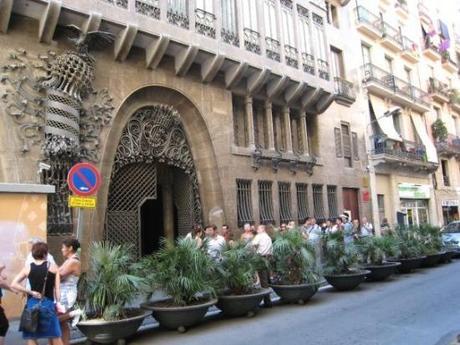
This special and beautiful palace is designed by Gaudí for his family and you can find it at Carrer Nou de la Rambla 3. It is part of the UNESCO World Heritage Site "Works of Antoni Gaudí".
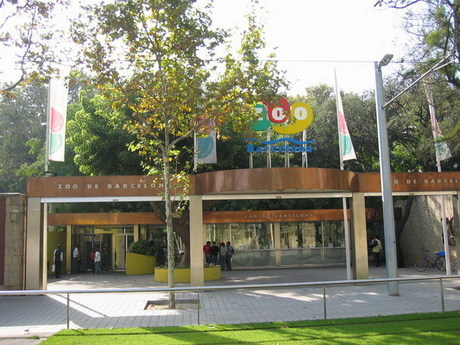
The zoo in Barcelona is located in the city park. Ranked among the top zoos in Spain, it has open enclosures, allowing you to almost touch the animals. There is an infant zoo where children can be introduced to various animals.
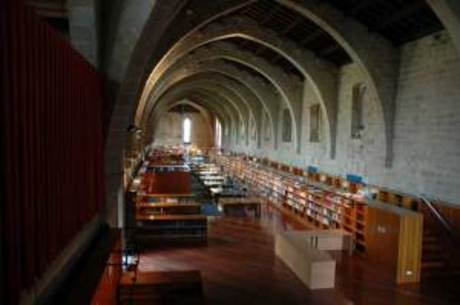
The National Library of Catalonia is a Spanish National Library located in Barcelona. The mission of the Library of Catalonia is to collect, preserve, and spread Catalonian bibliographic production and that related to the Catalonian linguistic area, to look after its conservation, and to spread its bibliographic heritage while maintaining the status of a universal center for research and consultation. It currently occupies 8,820 m² and has about three million items.
 1 2 34 5 6
1 2 34 5 6 
